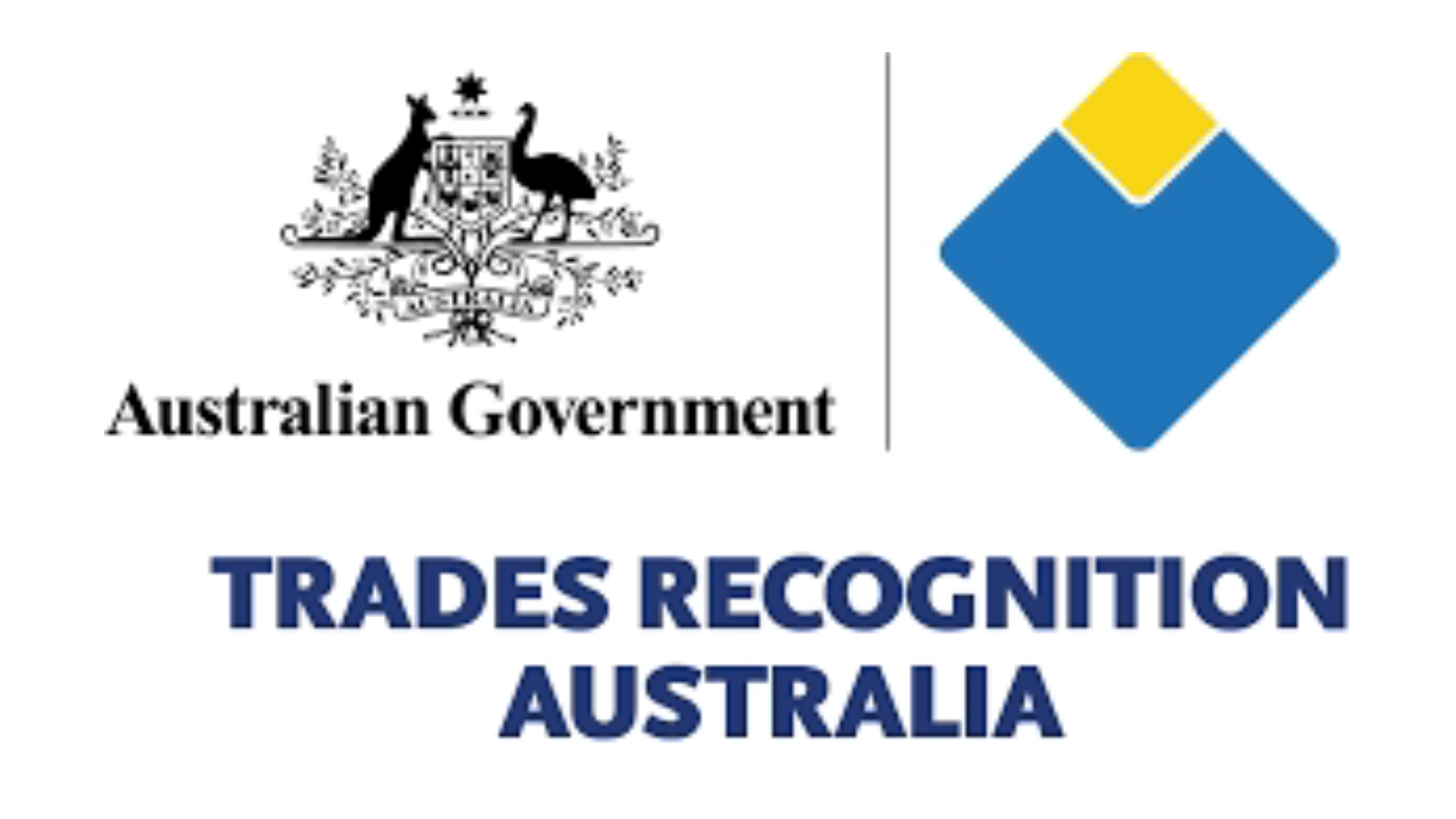If you’re planning to migrate to Australia, it’s crucial to understand whether you’ll need to complete a skills assessment as part of your visa application. A skills assessment is a mandatory step for many Australian skilled visas and ensures your qualifications and experience meet Australian standards.
What is an Australian Skills Assessment?
A skills assessment is a formal process where your qualifications, skills, and work experience are evaluated against the standards of your nominated occupation in Australia. Recognised assessing authorities conduct these assessments to ensure you are qualified and capable to successfully carry out your chosen occupation in the Australian workforce.
Who Needs a Skills Assessment for Australian Visas?
You must complete a skills assessment if you’re applying for certain skilled visas, including:
For the Skills in Demand (SID) Visa (Subclass 482), a skills assessment is required only for specific occupations and nationalities, unless an exemption applies. Read our Essential Guide to Skills Assessments for the 482 Visa for more details.

Who Conducts Skills Assessments?
Each occupation has a designated assessing authority. There are 39 approved assessing authorities, each with their own requirements, costs and processing times.

Trades & Technical Occupations
For trades and technical occupations, such as electricians, plumbers, and automotive mechanics, the relevant assessing authorities are typically industry bodies or trade associations. These organisations have a deep understanding of the skills and competencies required in their respective fields, and they are responsible for assessing an applicant’s ability to perform the duties of their nominated occupation effectively in the Australian labour market.
Professional Occupations
In the case of professional occupations, such as accountants, engineers, and healthcare professionals, the assessing authorities are often the relevant professional associations or registration bodies. These authorities ensure that applicants possess the necessary qualifications, skills, and experience to practise their profession in Australia, in accordance with the country’s standards and regulations.
Regardless of the occupation, applicants must engage with the correct assessing authority to ensure a successful skills assessment outcome, which is a critical component of the Australian immigration process.
Skills Assessment Process: Step-by-Step
The skills assessment process typically involves several steps. Applicants must first gather and submit the required documentation, which may include proof of qualifications, employment references, and any other relevant materials. The assessing authority will then review the documentation to determine if the applicant meets the assessment criteria for their nominated occupation.
1. Gather Required Documents
The specific documentation required can vary depending on the assessing authority and the applicant’s nominated occupation. Applicants should carefully review the requirements to ensure they have submitted all the necessary materials, which may include academic transcripts, work samples, and employment references.
2. Submit Your Application
You will need to register with the relevant assessing authority for your occupation. These are usually online forms however some assessing authorities may require you to print off and hand-sign their application forms.
Once registered, you can upload your documents and information for the assessment.
3. Assessment Criteria
The assessment criteria used by the assessing authority will depend on the occupation. The assessment may include an interview, document review, a practical test, or a review of the applicant’s work samples. All of which are designed to evaluate if they have the necessary skills and experience to work in their nominated occupation in Australia.
4. Assessment Outcome
If successful, you’ll receive a positive skills assessment outcome letter. Most skills assessments are valid for three years unless stated otherwise on the outcome letter.

Fees and Processing Times
Fees
Completing a skills assessment can represent a significant financial commitment, with fees varying based on your occupation and the relevant assessing authority. Costs typically range from several hundred to several thousand dollars (AUD), so it’s important for applicants to plan and budget accordingly.
Processing Times
The timeframe for completing a skills assessment can vary significantly – some assessments may be finalised within a few weeks, while others can take several months. Most assessing authorities publish their average processing times, so it’s important for applicants to check these details and factor the assessment timeline into their overall migration planning. Since the outcome of your skills assessment is a crucial part of the visa application process, allowing sufficient time is essential.
Tips for a Successful Skills Assessment
- Review your assessing authority’s requirements carefully.
- Prepare and organise all required documents.
- Allow enough time for the assessment in your migration planning.
- Seek professional advice if you’re unsure about eligibility or documentation.
Conclusion
A successful skills assessment is a critical step for many Australian visa applicants. Understanding the process and preparing thoroughly can make a big difference in your migration journey.
Got questions or want expert guidance with your skills assessment?
Email your questions and CV to recruitment@visajobs.com.au or contact us here.

